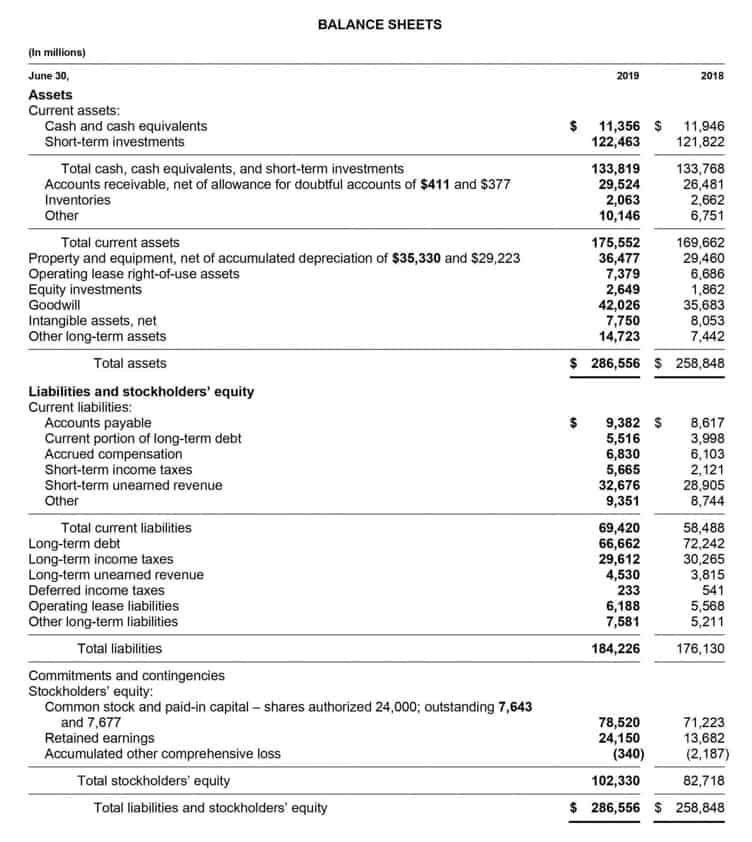
In just a few clicks, the entire financial year closing is streamlined for you. My Accounting Course is a world-class educational resource developed by experts to simplify accounting, finance, & investment analysis topics, so students and professionals can learn and propel their careers. Retained earnings are those earnings not distributed to shareholders as dividends, but retained for further investment, often in advertising, sales, production, and equipment. We follow strict ethical journalism practices, which includes presenting unbiased information and citing reliable, attributed resources.
- The Income Summary account has a credit balance of $10,240(the revenue sum).
- The Income Summary balance is ultimately closed to the capital account.
- The process of using of the income summary account is shown in the diagram below.
- Then you are going to create a journal entry to transfer the balance of each temporary account to the appropriate permanent account.
- All revenue and expense accounts must end with a zero balance because they’re reported in defined periods.
- The expense accounts have debit balances so to get rid of their balances we will do the opposite or credit the accounts.
- Then, transfer the balance of the income summary account to the retained earnings account.
What Is Net Income?
These temporary or “nominal” accounts are zeroed out and reset when closing entries are added to an accounting system so they don’t affect the next accounting closing entries period. Sum your general ledger accounts again to take into account the adjusted entries from the last step, and then add them all together to make a new trial balance, making sure your debits and credits are again equal. Sum up the preliminary ending balances from the last step to make a trial balance. A trial balance is a report that adds up all the credits and debits in your business. You want your total credits to be the same number as your total debits—if they aren’t, go back and check your work. If the credits and debits are equal, your accounts balance, and you’re ready to go to the next step.
- After the closing journal entry, the balance on the dividend account is zero, and the retained earnings account has been reduced by 200.
- If there is a net loss, the income summary account is also closed, with the income summary account being credited and the capital account being debited.
- The closing entries are dated in the journal as of the last day of the accounting period.
- When you close the books monthly, that means you make journal entries to ensure all transactions for the month have been captured.
Types of Accounts

The trial balance is like a snapshot of your business’s financial health at a specific moment. It lists the current balances in all your general ledger accounts. In this case, we can see the snapshot https://www.facebook.com/BooksTimeInc/ of the opening trial balance below. Expense accounts have a debit balance, so you’ll have to credit their respective balances and debit income summary in order to close them. This time period, called the accounting period, usually reflects one fiscal year.

What are Closing Entries?
- But if the business has recorded a loss for the accounting period, then the income summary needs to be credited.
- The $9,000 of expenses generated through the accounting period will be shifted from the income summary to the expense account.
- In each temporary account, closing entries also result in a zero balance.
- The balance in dividends, revenues and expenses would all be zero leaving only the permanent accounts for a post closing trial balance.
- When you close your books at year-end, the accounts aren’t erased; instead, their balances are transferred to a permanent retained earnings account.
To make them zero we want to decrease the balance or do the opposite. We will debit the revenue accounts and credit the Income Summary https://www.bookstime.com/ account. The credit to income summary should equal the total revenue from the income statement. Permanent accounts, such as asset, liability, and equity accounts, remain unaffected by closing entries. These accounts, including examples like cash, accounts receivable, accounts payable, and retained earnings, carry their ending balances into the next accounting period and are not reset to zero, unlike temporary accounts.
Which accounts have a zero balance after closing entries?

If this is the case, then this temporary dividends account needs to be closed at the end of the period to the capital account, Retained Earnings. In a sole proprietorship, a drawing account is maintained to record all withdrawals made by the owner. In a partnership, a drawing account is maintained for each partner. All drawing accounts are closed to the respective capital accounts at the end of the accounting period. The closing entries are then posted to the ledger accounts by the company. Companies usually create closing entries directly from the ledger’s adjusted balances.

